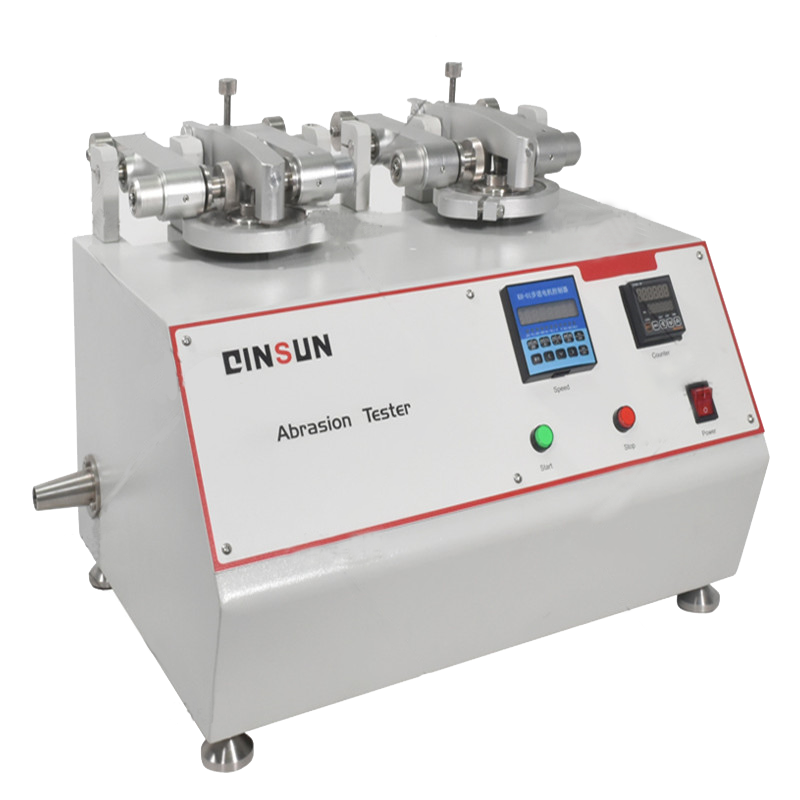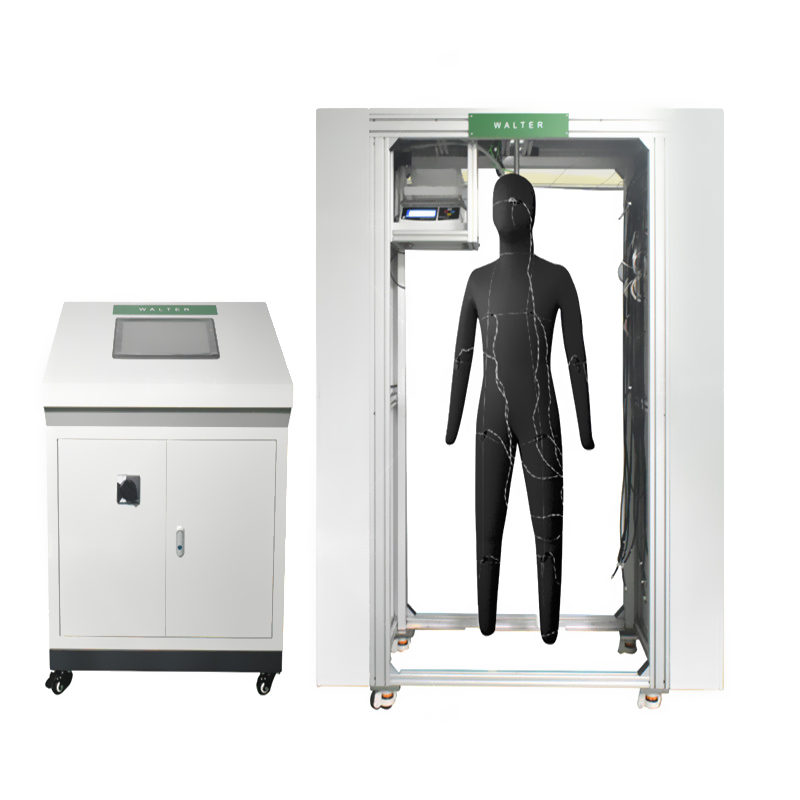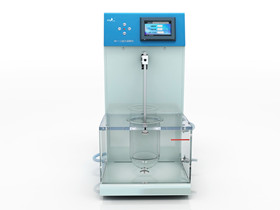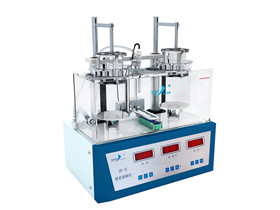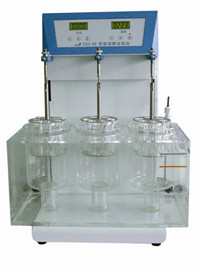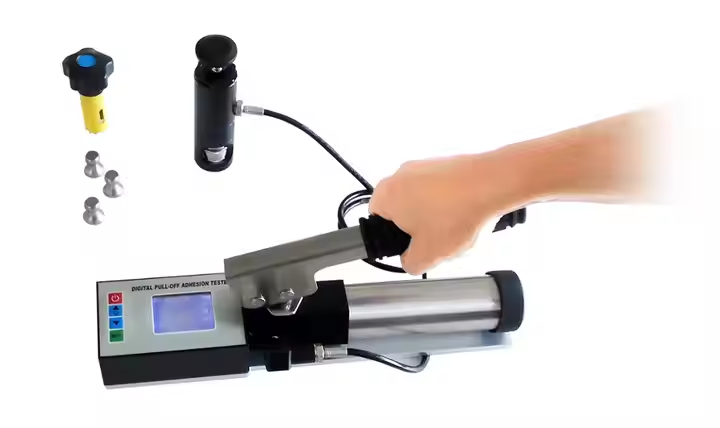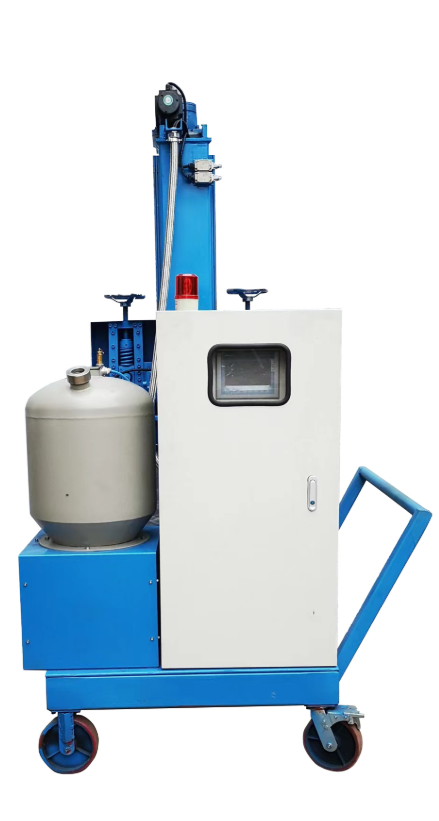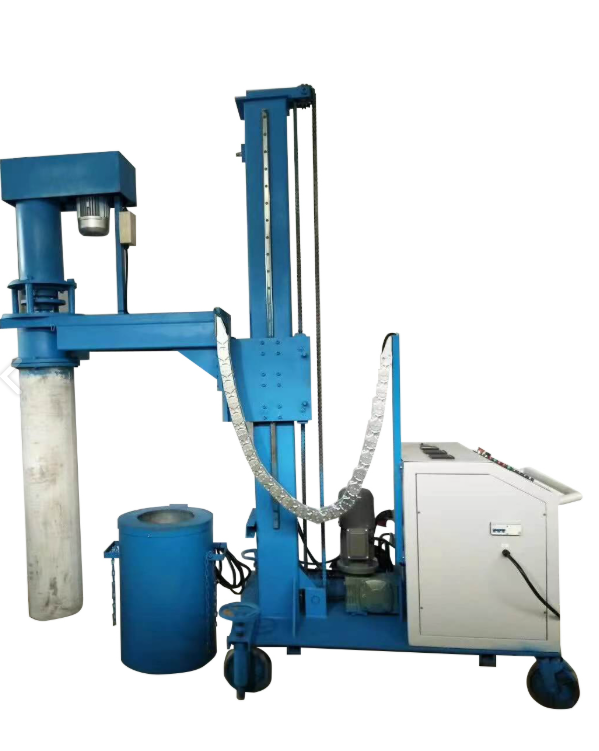Capillary Flow Porometer
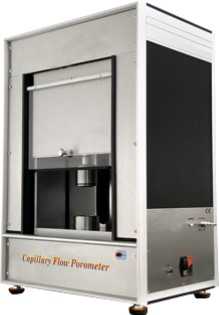
Advanced Capillary Flow Porometers yield very objective, accurate and reproducible results, considerably reduce test duration, and require minimal operator involvement. Advanced Porometers are fully automated and are designed for Linear turbulence-free test gas flow. The pressure is measured close to the sample and therefore, the correction term in the differential pressure measurement is minimized. Required amount of pressure is uniformly applied on the O-ring seals on the sample and the need for hand tightening the cap on the sample chamber to apply pressure on the O-ring is eliminated. Automatic addition of wetting liquid reduces test time appreciably. This sophisticated instrument has found applications in a wide variety of industries.
Operation Principle
A wetting liquid is allowed to spontaneously fill the pores in the sample and a nonreacting gas is allowed to displace liquid from the pores. The gas pressure and flow rates through wet and dry samples are accurately measured. The gas pressure required to remove liquid from the pores and cause gas to flow is given by
D = 4 g cos q / p
where D is the pore diameter, g is the surface tension of liquid, q is the contact angle of liquid, and p is the differential gas pressure. From measured gas pressure and flow rates, the pore throat diameters, pore size distribution, and gas permeability are calculated.
Application
The Capillary Flow Porometer is used for R&D and quality control in industries worldwide such as filtration, nonwovens, pharmaceutical, biotechnology, healthcare, household, food, hygienic products, fuel cell, water purification, and battery. Samples often tested include filter media, membranes paper, powders, ceramics, battery separators and health care products.
Technical Parameters
Operation Principle
A wetting liquid is allowed to spontaneously fill the pores in the sample and a nonreacting gas is allowed to displace liquid from the pores. The gas pressure and flow rates through wet and dry samples are accurately measured. The gas pressure required to remove liquid from the pores and cause gas to flow is given by
D = 4 g cos q / p
where D is the pore diameter, g is the surface tension of liquid, q is the contact angle of liquid, and p is the differential gas pressure. From measured gas pressure and flow rates, the pore throat diameters, pore size distribution, and gas permeability are calculated.
Application
The Capillary Flow Porometer is used for R&D and quality control in industries worldwide such as filtration, nonwovens, pharmaceutical, biotechnology, healthcare, household, food, hygienic products, fuel cell, water purification, and battery. Samples often tested include filter media, membranes paper, powders, ceramics, battery separators and health care products.
Technical Parameters
| Items | Parameters |
| Pore size range | 0.013-500μm |
| Permeability range | 1 x 10-10, 1 x 10-6 (microflow at cc/sec/m/torr) |
| Sample size | 0.5" - 2.5"diameter |
| Pressure range | 0-500psi |
| Pressurized gas | Clean, dry, compressed air or non-flammable, non-corrosive gases |
| Pressure transducer range | 0-500psi |
| Resolution | 1/60000 |
| Accuracy | 0.15% of reading |
| Mass flow transducer range | 10 cc/minute - 500 L/minute |
| Power requirement | 110/220 VAC, 50/60 Hz (Other power sources can be used ) |
| Dimension | 30" H x 19" W x 18.5" D |
| Weight | 100Ibs |
Note:QINSUN is very in place for textile testing and quality control,we have our own textile testing lab. Our textile testing equipment and testing methods are in the leading position in the industry. We have passed the textile testing certification and iso textile testing standards issued by a number of testing,We can provide textile testing equipment pdf manual. Sufficient inventory, big discounts, limited time promotion, Order now!
Leave Message Get Price



